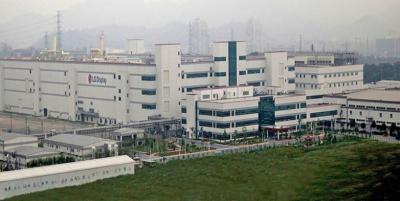In July 2017, LG Display (LGD) announced plans to build an 8.5-generation (2200×2500) OLED production line in Guangzhou, China, to manufacture OLED TV panels. The South Korean government once hesitated to approve the plan because it considered OLED as a strategic technology for the Korean economy. However, by the end of 2017, the construction plan for LGD's new OLED TV manufacturing plant was finally approved. LGD is still waiting for approval from the Chinese authorities, but according to South Korean media reports, LGD expects to place orders for new plant equipment next month. The report pointed out that the total investment of the factory is estimated to be 3.17 billion US dollars, and LGD's own valuation of 2.3 billion US dollars, this may be because LGD only estimates their own shares, because Guangzhou local government will provide 30% of LGD funding support. The new Guangzhou plant will have a monthly production capacity of 60,000 8.5-generation substrates. After the first phase (planned in the second half of 2019), the plant's operating capacity will reach half of the final production capacity. According to DSCC, LGD has several major advantages over its Korean counterparts in China, including relatively low wage levels in China and close to a large and important Chinese market. But the main advantage lies in government subsidies, which may play a pivotal role in the profit and loss of the plant. Arts And Crafts Casting,Hpdc Die Casting,Aluminum Die Casting Air,Die Casting Aluminium Alloys Dongguan Metalwork Technology Co., LTD. , https://www.dgdiecastpro.com